Rising Energy Demand
The increasing The Solar Power Equipment Industry. As populations grow and economies expand, the need for sustainable energy sources becomes more pressing. According to recent data, energy consumption is projected to rise by approximately 30% by 2040. This surge in demand necessitates the adoption of renewable energy solutions, particularly solar power, which is seen as a viable alternative to fossil fuels. The Solar Power Equipment Market is likely to benefit from this trend, as more consumers and businesses seek to invest in solar technologies to meet their energy needs sustainably. Furthermore, the shift towards electrification in various sectors, including transportation and heating, further amplifies the demand for solar energy solutions.
Government Support and Incentives
Government support and incentives play a crucial role in propelling the Solar Power Equipment Market forward. Many governments worldwide are implementing policies aimed at promoting renewable energy adoption, including tax credits, rebates, and grants for solar installations. For instance, various countries have set ambitious renewable energy targets, which often include specific mandates for solar energy contributions. These supportive measures not only lower the financial barriers for consumers but also stimulate market growth by encouraging investments in solar technologies. The Solar Power Equipment Market is likely to benefit from these initiatives, as they create a favorable regulatory environment that fosters innovation and expansion within the sector. Additionally, public awareness campaigns further enhance the appeal of solar energy, leading to increased consumer interest.
Cost Reductions in Solar Technology
The Solar Power Equipment Market is experiencing significant cost reductions in solar technology, which is a crucial driver for its growth. The price of solar photovoltaic (PV) systems has decreased by nearly 90% over the past decade, making solar energy more accessible to a broader audience. This decline in costs is attributed to advancements in manufacturing processes, economies of scale, and increased competition among solar equipment manufacturers. As prices continue to fall, more residential and commercial entities are likely to invest in solar power systems, thereby expanding the market. Additionally, the decreasing costs of energy storage solutions, such as batteries, further enhance the attractiveness of solar power, allowing for greater energy independence and reliability.
Technological Innovations and Research
Technological innovations and ongoing research are vital drivers for the Solar Power Equipment Market. Continuous advancements in solar technology, such as improved photovoltaic materials and enhanced energy conversion efficiencies, are making solar power systems more effective and appealing. Research institutions and private companies are investing heavily in developing next-generation solar technologies, including bifacial solar panels and concentrated solar power systems. These innovations not only improve the performance of solar installations but also reduce the overall cost of energy production. As a result, the Solar Power Equipment Market is likely to experience accelerated growth as these technologies become commercially viable. Furthermore, the integration of smart technologies, such as IoT and AI, into solar systems enhances monitoring and efficiency, making solar energy an increasingly attractive option for consumers and businesses alike.
Environmental Concerns and Sustainability
Growing environmental concerns and the push for sustainability are pivotal drivers for the Solar Power Equipment Market. As climate change becomes an increasingly urgent issue, there is a collective movement towards reducing carbon footprints and transitioning to cleaner energy sources. Solar power is recognized as a key player in this transition, offering a renewable energy solution that significantly lowers greenhouse gas emissions. The Solar Power Equipment Market is likely to see heightened interest from both consumers and businesses aiming to align with sustainability goals. Furthermore, many corporations are committing to net-zero emissions targets, which often include substantial investments in solar energy infrastructure. This trend not only supports environmental objectives but also enhances corporate reputations, thereby driving further growth in the solar market.


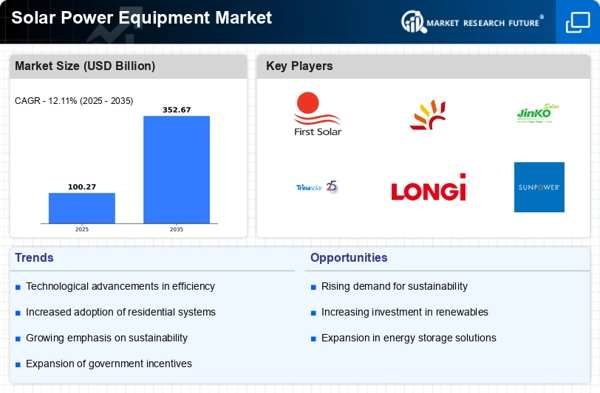
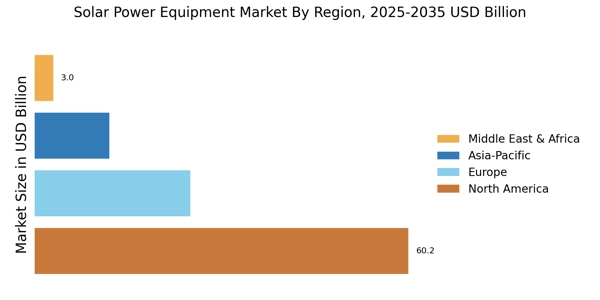

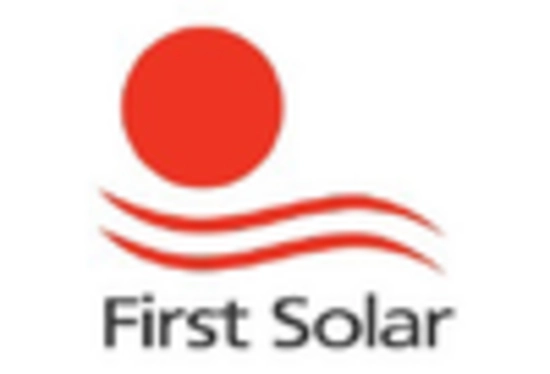
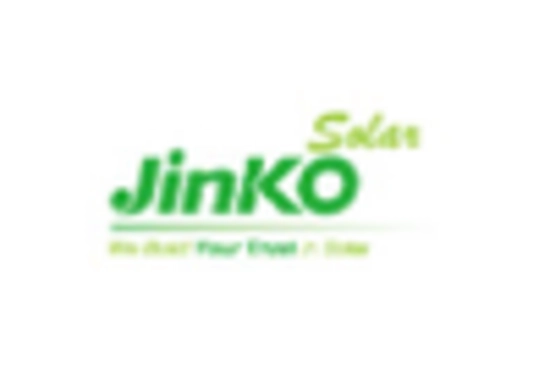

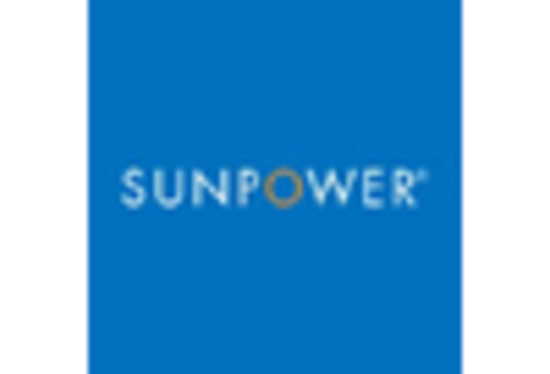









Leave a Comment